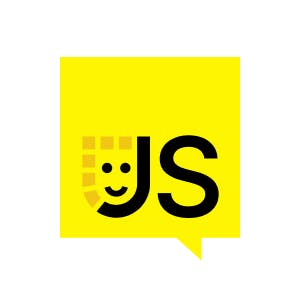So you can say, you know, Philips Q&A for temporal starts at 525 p.m. or 1725 if you use a 24-hour clock. We have Plain Year Months, that represents something that, it's a month without a specific day and you could refer to an event that happens occasionally like the June 2025 board meeting. We also specifically have that because it corresponds to an HTML input type, months. That's mainly what people use it for.
Oh yeah, Plain Months Day, it's a calendar date without a year. You can say my birthday is December 15th, which it is, but, you know, I won't tell you how old I am. So you can just celebrate my birthday on December 15th. You don't need to know the year I was born. We have one more exact time type, Zone Date Time. This is just like Instant, it represents an exact moment in time, but it does have a location and a time zone and it does have a calendar. So there are weeks, months, years. It automatically accounts for summer and winter time adjustments. So it has, basically, it's an exact time that has all the information needed to also give you a wall time.
Then there's a duration type. I won't go into that, but, you know, it's used with the other types, arithmetic methods like add and subtract. So you're all here, probably most of you are practicing developers, you want to see the code. I want to write some code. Don't know if I had enough time to do it live, so I prepared it in the slides, but, you know, since it is available in Firefox, maybe if I don't run out of time, we'll go and do it there. I've got a little worked example. I got this from a conference website. It's not the JS Nation website because actually the JS Nation website is really good about time zones and shows you, you know, the local time zone in Amsterdam. And also if you're on the remote track, it shows you your local time zone in your browser. So two thumbs up for whoever did that website. But you know, this was just a static image on this conference's website. So I want to answer the question, you know, okay, there's all these sessions where that I want to attend. Which ones can I attend, you know? Which ones are not while I'm asleep? You know, I live in one of these. I live in the Americas. Do I know when the Australian Eastern Standard Time, 10 o'clock is? I have no idea. You know, I could find it out.

















Comments